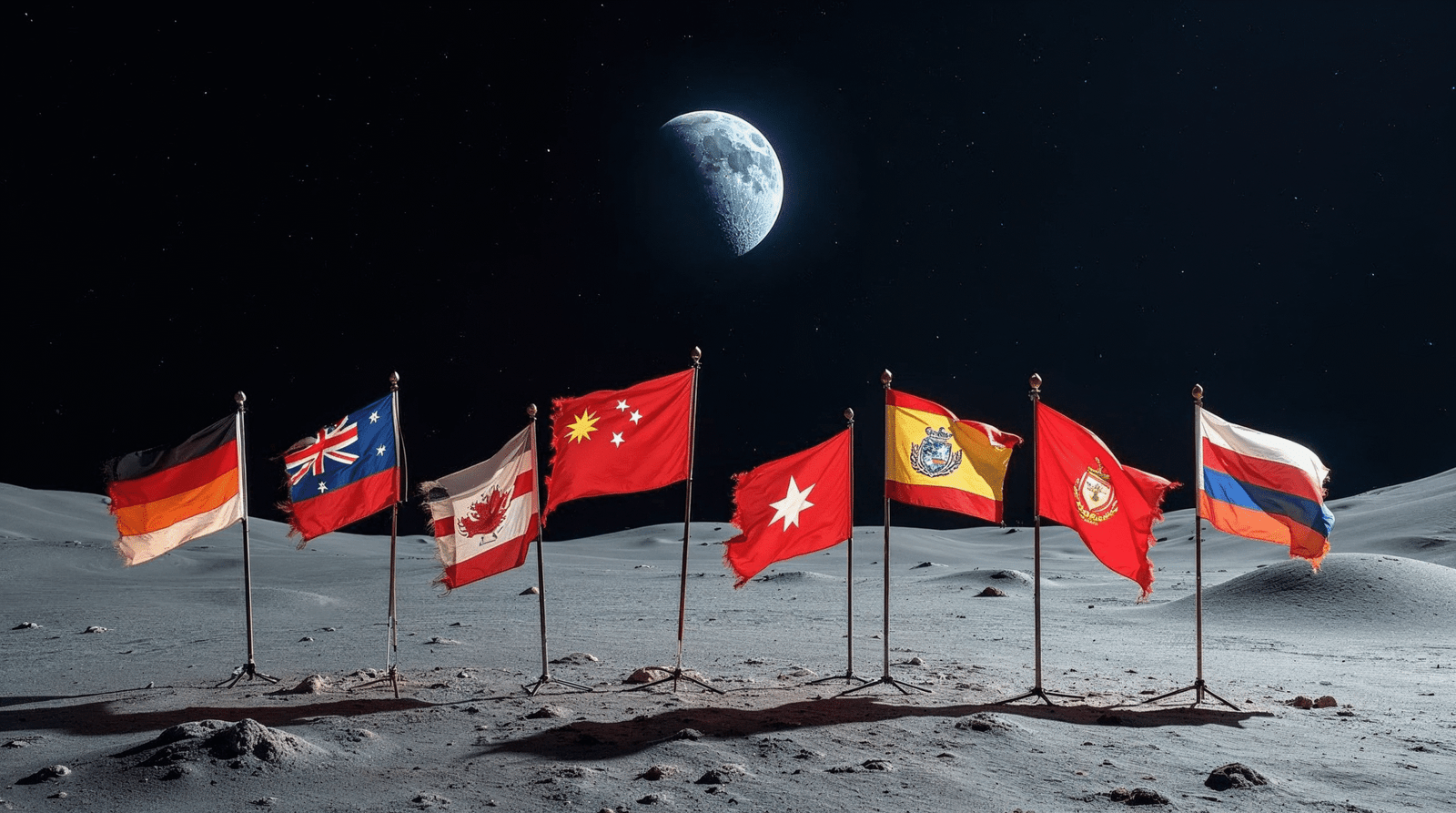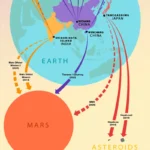The Moon has long fascinated humanity—not only as a symbol of wonder but now as the focal point of an emerging global space race. Yet, as countries and companies eye the Moon for exploration and resources, an essential question arises: who truly owns the Moon? The surprising answer is that no one does. The Moon belongs to all humankind under international law, but this apparent simplicity hides a complex tug-of-war shaping the future of space.
At the heart of lunar ownership rules is the Outer Space Treaty of 1967, signed by over 100 nations. This landmark agreement declares outer space—including the Moon—off-limits to national claims or annexation. No flag, no matter how proudly planted, grants sovereignty or ownership. Space is declared a “province of all mankind,” intended for peaceful use and exploration by all countries.
Despite this legal framework, private companies have repeatedly tried to stake claims or sell lunar land. Since the 1980s, enterprises like Lunar Embassy have offered plots of Moon land for sale. However, these attempts lack any legal standing. Because countries cannot own the Moon, neither can their citizens or their businesses, according to international space law experts.
In 1979, the Moon Treaty aimed to address the governance of lunar resources and mining, proposing an international management regime. However, this treaty never gained traction with major spacefaring nations such as the US, China, and Russia, greatly limiting its impact. NASA’s Artemis Accords now outline cooperative principles for lunar exploration and resource use, but these agreements are voluntary and don’t override existing treaties.
Today’s renewed lunar activity, driven by NASA, China, private companies, and others, has reignited the space race. With ambitions for bases and mining, the Moon could become a new frontier for geopolitical rivalry, replicating Earth’s conflicts in space. Experts warn that clearer international cooperation and governance are imperative to ensure the Moon remains a realm for peaceful exploration, rather than contention.
In summary, while the Moon legally belongs to no entity and is a shared heritage of humanity, the dynamics of space exploration and resource competition present fresh challenges. How nations and organizations navigate these complexities will shape humanity’s future beyond Earth, making the Moon not just a satellite, but a symbol of both unity and rivalry.











